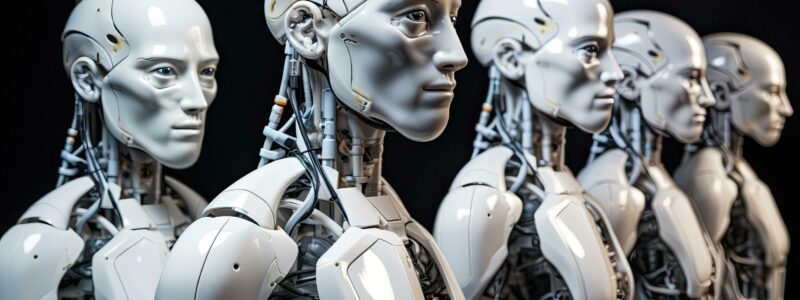
The global market for humanoid robots could grow to $1.4-1.7 trillion by 2050, according to UBS analysts. They estimate that in 10 years, the market will be replenished with 2 million such robots, and by 2050, their number could reach 300 million, which will help solve the problem of labor shortages.
The feasibility of using robots is due to an aging population, a shortage of labor resources, and low labor productivity growth in the service sector, according to a new UBS report.
At the same time, the bank’s analysts expect that the turning point, after which the rapid spread of anthropomorphic robots will begin, will not come before 2030.
“We see some obstacles that need to be overcome before production can gain momentum,” they write. “These are related to the development of AI, the formation of data arrays, and regulation.”
Over the next 20 years, the price of humanoid robots and the cost of their operation could fall by more than 70%, driven by increased production volumes and improved supply chains, according to UBS.
The development of the sector will bring significant benefits to automation companies, manufacturers of automotive components, semiconductors, and batteries, as well as suppliers of rare earth metals.
UBS estimates that the production of 86 million humanoid robots in 2050 will generate additional revenues of $400 billion for the automation market and $7 billion for the rare earth metals market, which is four times and twice the 2025 figures, respectively.
For more information on the prospects for rare earth element mining in Ukraine (without which robots cannot be created), see the video from the Experts Club analytical center – The global market for humanoid robots could reach $1.7 trillion by 2050.